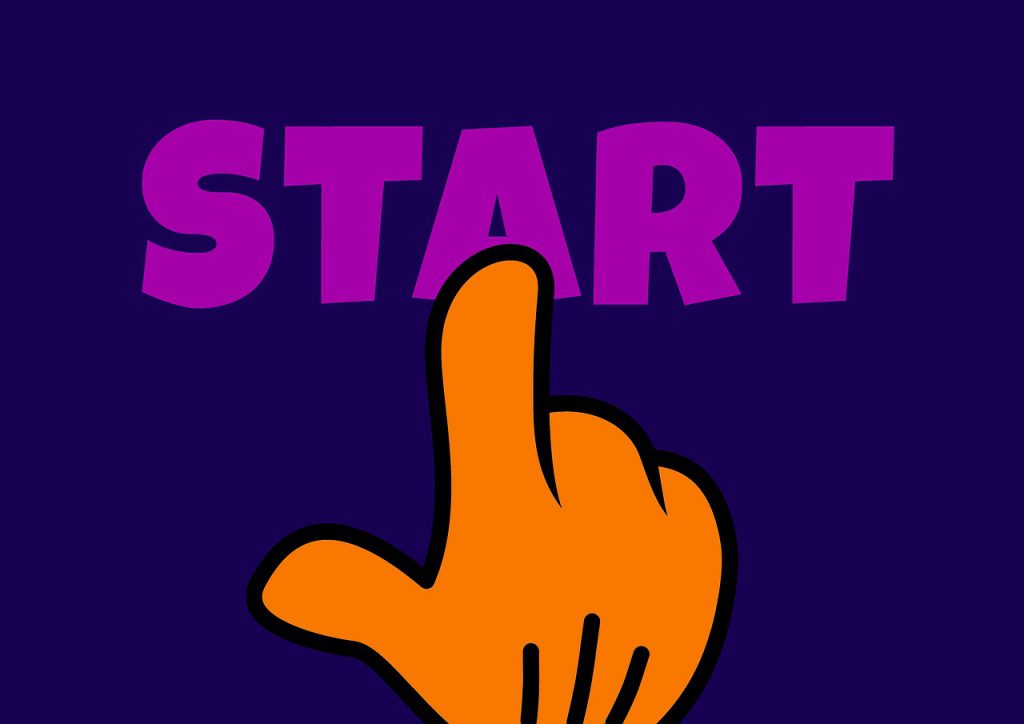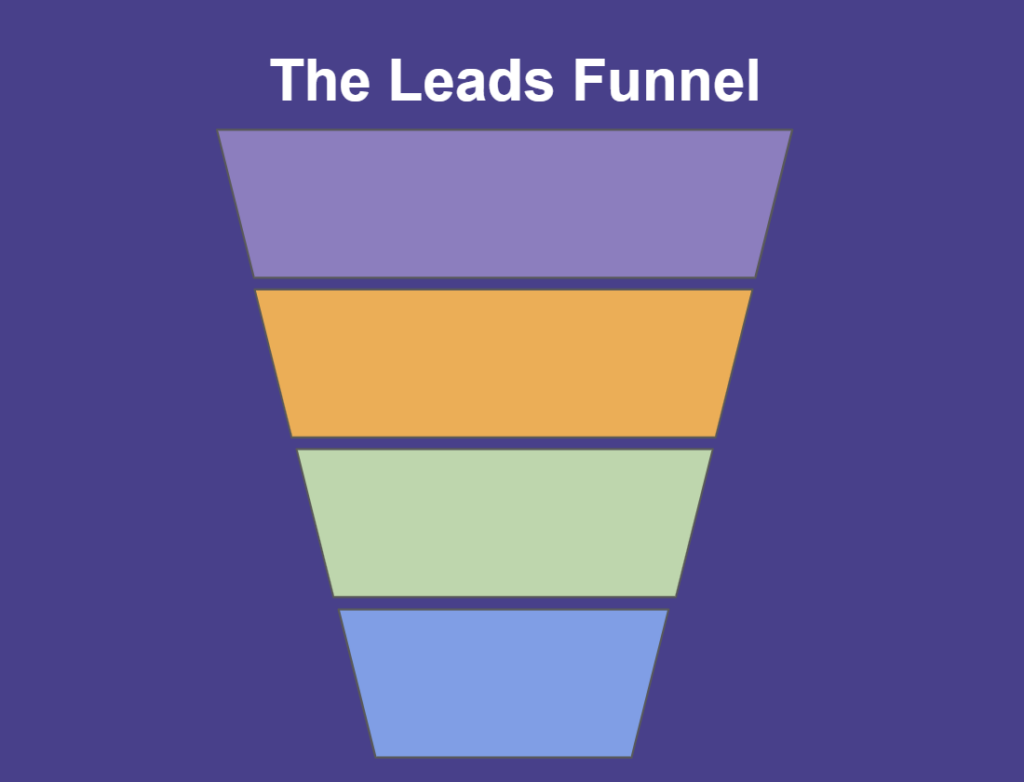


Congratulations on getting started with your interactive assessment on Evalinator!
This guide will help you channel your expertise into an interactive assessment which will serve as an evergreen content marketing asset. If you are setting up a Wheel Of Life, then use this guide as well.

We are laying out 10 steps for you in this guide. Do these systematically, and you will have your target users engaging with your interactive assessment quickly.
Once your users respond, you can engage with them through goal setting. That will become a powerful mechanism for meaningful sales follow ups.
So you will address the entire customer life cycle – from lead generation and email database building to sales follow ups and conversion to revenue.
Completing each step below in sequence will also motivate you to keep making progress!
Here’s to our partnership. We’ll be here for you every step of the way.
Grade: Easy
When you log in, your profile is at the top of the screen. You are front and center! There’s nothing better than logging on and seeing yourself smiling back at you! So let’s do that first. This can be your company logo too of course.
Remember: Don’t overthink. Nothing is final. You can come back and change this anytime. Keep moving.
Grade: Medium
Optional: You can start this step in a spreadsheet to make it easier.
Here’s where you take the first attempt at zooming in to the subject matter of your interactive assessment. In all probability, you have thought about this already so take a first pass at what you want your assessment to look like.
Remember: Don’t overthink. Nothing is final. You can come back and change this anytime. Keep moving.
Grade: Medium
Here’s where you’ll setup the basics of your segmentation. Segmentation is about the individual taking the assessment. Once you have the results you will use these fields to compare and contrast the result in interesting ways. For example, one type of stakeholder may rate themselves high, while others may rate low. That’s a great insight to dig into.
This can be fairly easy, but also can quickly get pretty complex. So don’t over-analyze as you get started.
Reminder: Again, don’t overthink. Nothing is final. You can come back and change this anytime. Keep moving.
Grade: Difficult
Options: You can continue to use your spreadsheet if you find it easier.
This step can get a little hairy because this is the meat of your interactive assessment. So we will do it in 2 passes. This step might take up to 2-3 days.
Some people are too creative for their own good. For example, when we first set up the assessment “Is Evalinator right for you?” on our home page, we set up 5 different dimensions of analysis and 6-7 questions under each one of those dimensions. We ended up making it too complicated for our own good. The intent was excellent but we were not ready for the complexity. So after several months of struggling, we finally bit the bullet, and made it a linear assessment with 10 questions.
In many cases, having multiple dimensions may make sense. For example, as a sales coach you might want to measure content, org structure, and best practices as 3 dimensions. The important thing is to make sure they don’t overlap. So measuring “content”, and “target customers” might result in duplication and confusion because they are linked – content questions will ask about target customers. So just take care of that aspect. Keep the topics independent, and you’ll be good.
To get started, we recommend just creating a simple linear assessment, not a multi-dimensional one.
 What’s a good question? A question should allow you logical followups so you can help your customers and prospects improve. So any topic that is controllable by your customers can be a question. That’s the purpose of Evalinator. Things that your prospects can’t change should be posed as profile questions.
What’s a good question? A question should allow you logical followups so you can help your customers and prospects improve. So any topic that is controllable by your customers can be a question. That’s the purpose of Evalinator. Things that your prospects can’t change should be posed as profile questions.
Each question has a title, and description. You can use the title field to also denote category of the question. For example “Segmentation” and then use the description field for the question itself. Play with it, and see what works.
Under each question, define response options that users will select. The important thing is to have at least as many response options as your rating scales. So that each response option maps to at least one rating scale. It makes scoring the responses much easier for both you and your users. People like simplicity.
Remember: Don’t overthink. Nothing is final. You can come back and change this anytime. Keep moving.
Grade: Difficult
Sometimes, you need to take a break or pick up a complex topic another day. This is Pass 2. You will review the questions you have set up and adjust them as needed.
Sometimes it also helps to google a bit on your target topic. See what other thought leaders are saying about this topic. It might help to get your thoughts organized. Don’t copy from anyone else of course, just get some inspiration.
Wrap it up. Don’t overthink. Consider what your customers think of intuitively. Sometimes our own expertise makes things more complicated than they should be.
Grade: Medium
People like relevant visuals. So set up a nice picture for each of your questions. And also for the background image on the Evalinator and each assessment
Grade: Medium
Your Evalinator needs to look nice, and also match with the color scheme of your own website.
Grade: Easy
It’s time to run though the assessment online. Hit publish, and then go through it as a user would.
You might also want to get feedback from a real user or two. Send them the link and tell them to take the assessment, and see what they think. They will come up with insights you didn’t think of. Just remember to take all feedback with a pinch of salt. You are the best judge of what you are after. Remember Henry Ford, Steve Jobs, Jeff Bezos and others. Believe in your vision.
Grade: Easy
 You will collect email addresses when users take the assessment. So you will want to capture them in your marketing automation provider.
You will collect email addresses when users take the assessment. So you will want to capture them in your marketing automation provider.
Here are the available integrations and instructions to set them.
You can make this more advanced, but this should do for now.
Grade: Easy
Congrats! You are ready. Embed the Evalinator on your website. And start collecting responses. See instructions here.
At this stage, you are helping your audience tremendously. And you have a content marketing asset that will keep on giving.
Congratulations!
Remember: Your journey has just started. You have to now compile the insights you gather to engage your customers, do meaningful sales follow ups, and help them set and meet their goals through goal setting.

Feeling frustrated with lead generation?
Take this free, 5-minute quiz and get more prospects into your leads funnel.
Instant Results. Actionable recommendations. Email required.
Find Your Score >>